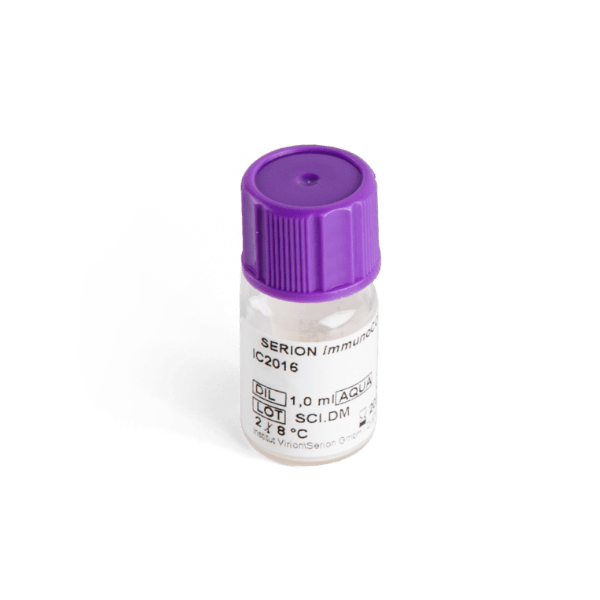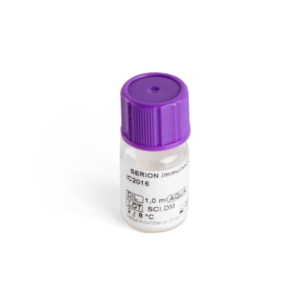| Weight | 1 lbs |
|---|---|
| Dimensions | 9 × 5 × 2 in |
| target | Leishmania reactive IgG |
| species reactivity | Leishmania |
| applications | ELISA |
| assay type | Indirect & quantitative |
| available size | 1 mL |
Leishmania Human IgG Assay Control BC147G
$94.00
Summary
- Virion/Serion Diagnostic Kit Control for research use (RUO)
- Leishmania Human IgG Assay Control, recombinant
- Applications: ELISA
- Suitable for IgG detection
- Ready-to-use; pre-diluted for SERION ELISA classic and SERION ELISA antigen assays
- 3 mL
Leishmania Human IgG Assay Control BC147G
| kit |
|---|
| Research area Infectious Disease |
| Storage Store at 2-8°C. |
| Form liquid |
| Associated products Leishmania Human IgG Assay Control (BC147G) Leishmania IgG ELISA Kit (ESR147G) |
| target relevance |
|---|
| Organism Leishmania species |
| Protein names Leishmania |
| Structure and strains Leishmania is a parasitic protozoan, a single-celled organism of the genus Leishmania that is responsible for the disease leishmaniasis. They are spread by sandflies of the genus Phlebotomus in the Old World, and of the genus Lutzomyia in the New World. At least 93 sandfly species are proven or probable vectors worldwide. Their primary hosts are vertebrates; Leishmania commonly infects hyraxes, canids, rodents, and humans. |
| Detection and diagnosis Due to the variety of clinical presentations, the diagnosis of leishmaniasis is based on direct pathogen detection methods, such as cytology, histology or PCR, as well as on the serological determination of specific IgG antibodies by IFT or ELISA tests. |
Data
Publications
| pmid | title | authors | citation |
|---|---|---|---|
| We haven't added any publications to our database yet. | |||
Protocols
| relevant to this product |
|---|
| BC147G protocol |
Documents
| # | ||
|---|---|---|
| CP0130 | Safety Data Sheet | QC certificate |
Only logged in customers who have purchased this product may leave a review.


Reviews
There are no reviews yet.